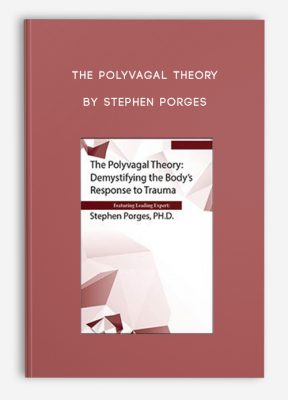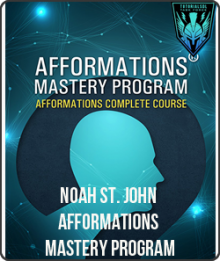The Polyvagal Theory: Demystifying the Body’s Response to Trauma by Stephen Porges
$59.99 $17.00

The Polyvagal Theory: Demystifying the Body’s Response to Trauma by Stephen Porges
**More information:

Get The Polyvagal Theory: Demystifying the Body’s Response to Trauma by Stephen Porges at Salaedu.com
Description
Human responses to trauma and abuse are devastating and compromise subsequent social behavior and emotion regulation. Understanding the mechanisms underlying the “hardwired” response to life threat, may demystify these debilitating consequences. The Polyvagal Theory provides a plausible explanation of how trauma experiences and chronic abuse disrupt homeostatic physiological processes and social behavior and how clinical treatments might be designed to remediate these problems when trauma distorts perception and displaces spontaneous social behaviors with defensive reactions.
This presentation will focus on the restorative power of understanding the adaptive function of stress reactions as an important adjunct to treatment. By deconstructing the biobehavioral features of stress reactions, both client and therapist are better informed in their journey to a successful outcome. The presentation will emphasize the role of “neuroception,” a neurophysiological process through which our nervous system evaluates risk in the environment, without awareness and often independent of a cognitive narrative. Trauma may reset neuroception to protect us from others when there is no “real” danger. The presentation will inform the therapist about how to assess the deleterious consequences of trauma-related experiences by understanding the adaptive psychological, behavioral, and health features of each of the three “Polyvagal” visceral response strategies (i.e., social engagement, mobilization, and immobilization ) and how successful therapeutic interventions promote a neuroception of safety with the consequential improvements in mental and physical health by enabling mobilization and immobilization to occur without fear.
More information about Medical:
Medicine is the science and practice of establishing the diagnosis, prognosis, treatment, and prevention of disease.
Medicine encompasses a variety of health care practices evolved to maintain and restore health by the prevention and treatment of illness.
Contemporary medicine applies biomedical sciences, biomedical research, genetics, and medical technology to diagnose, treat, and prevent injury and disease,
typically through pharmaceuticals or surgery, but also through therapies as diverse as psychotherapy, external splints and traction, medical devices, biologics, and ionizing radiation, amongst others.
Medicine has been around for thousands of years, during most of which it was an art (an area of skill and knowledge) frequently having connections to the religious and
philosophical beliefs of local culture. For example, a medicine man would apply herbs and say prayers for healing, or an ancient philosopher and physician would apply bloodletting according to the theories of humorism.
In recent centuries, since the advent of modern science, most medicine has become a combination of art and science (both basic and applied, under the umbrella of medical science).
While stitching technique for sutures is an art learned through practice, the knowledge of what happens at the cellular and molecular level in the tissues being stitched arises through science.
1 review for The Polyvagal Theory: Demystifying the Body’s Response to Trauma by Stephen Porges
Add a review Cancel reply
Related products
HEALTH - FITNESS - LIFESTYLE - MEDICAL
HEALTH - FITNESS - LIFESTYLE - MEDICAL
HEALTH - FITNESS - LIFESTYLE - MEDICAL
HEALTH - FITNESS - LIFESTYLE - MEDICAL
HEALTH - FITNESS - LIFESTYLE - MEDICAL
HEALTH - FITNESS - LIFESTYLE - MEDICAL
HEALTH - FITNESS - LIFESTYLE - MEDICAL
Fitness Mentors – Audio Lectures, Practice Tests and Study Guide for the NASM CPT Ex










Trevis Trevis –
Welcome to Sala Shop, we are here to provide everything to learn and improve this life…encourage you to check clearly the course